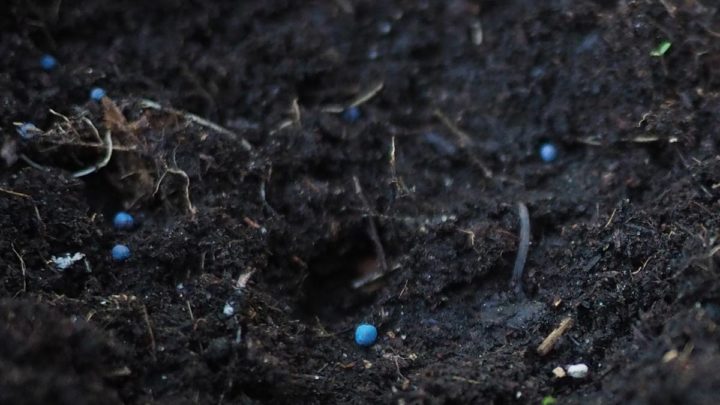Insecticides: A Primer on the Main Types
June 22, 2022
This short article is a sidebar to our main story on neonicotinoid pesticides and their effects on birds.
Pesticide, in the broadest sense, refers to any chemical designed to kill animal pests or weeds. Insecticides specifically target invertebrates and are organized into different classes by their chemical properties and how they work. Some of the most prevalent classes of insecticides include:
- Organochlorines (OCs): Includes DDT and related compounds like endrin, dieldrin, chlordane and lindane. First synthesized in 1874, DDT came into wide use during and after World War II through the early 1970s. Persistent in the environment, OCs bioaccumulate in fat. They have largely been banned in the developed world but are still used in the developing world, including DDT for malaria control.
- Organophosphates (OPs): Methyl parathion, chlorpyrifos, diazinon, malathion, fenthion, trichlorfon and related OPs were among the most widely used insecticides in the late 20th and early 21st centuries, after the dangers of OCs were recognized. OPs are highly toxic, crippling the nervous system not only in insects but also in vertebrates like birds, and have been implicated in large bird kills. Although they quickly break down in the environment, their acute toxicity has led to bans in the U.S., Canada, and Europe. Chlorpyrifos was banned by the EPA in February 2022.
- Carbamates: Also widely used in the late 1900s/early 2000s and similar in function to OPs, N-methyl carbamates include such highly toxic compounds as carbofuran, carbaryl (Sevin) and methomyl. Carbofuran is banned in Canada and the European Union, and effectively banned in the U.S. Like OPs, carbamates have been implicated in large-scale bird kills.
- Neonicotinoids: A class of synthetic compounds modeled on nicotine, including imidacloprid, thiamethoxam, clothianidin, thiacloprid and dinotefuran, introduced in the 1990s and highly toxic to insects. Neonics are systemic insecticides, absorbed from seed coatings into the entire plant, and especially useful against sucking insects like aphids. However, they are highly persistent in the environment and in water.
- Diamides: A newer replacement for neonicotinoids, diamides are systemic insecticides sprayed on foliage, applied to soil or to seeds. They have similar persistence and water-solubility characteristics as neonics. One diamide registered in the U.S., cyantraniliprole, is considered highly toxic to bees, but has been called “practically non-toxic” to birds by the EPA, at least in terms of direct consumption.

All About Birds
is a free resource
Available for everyone,
funded by donors like you
American Kestrel by Blair Dudeck / Macaulay Library